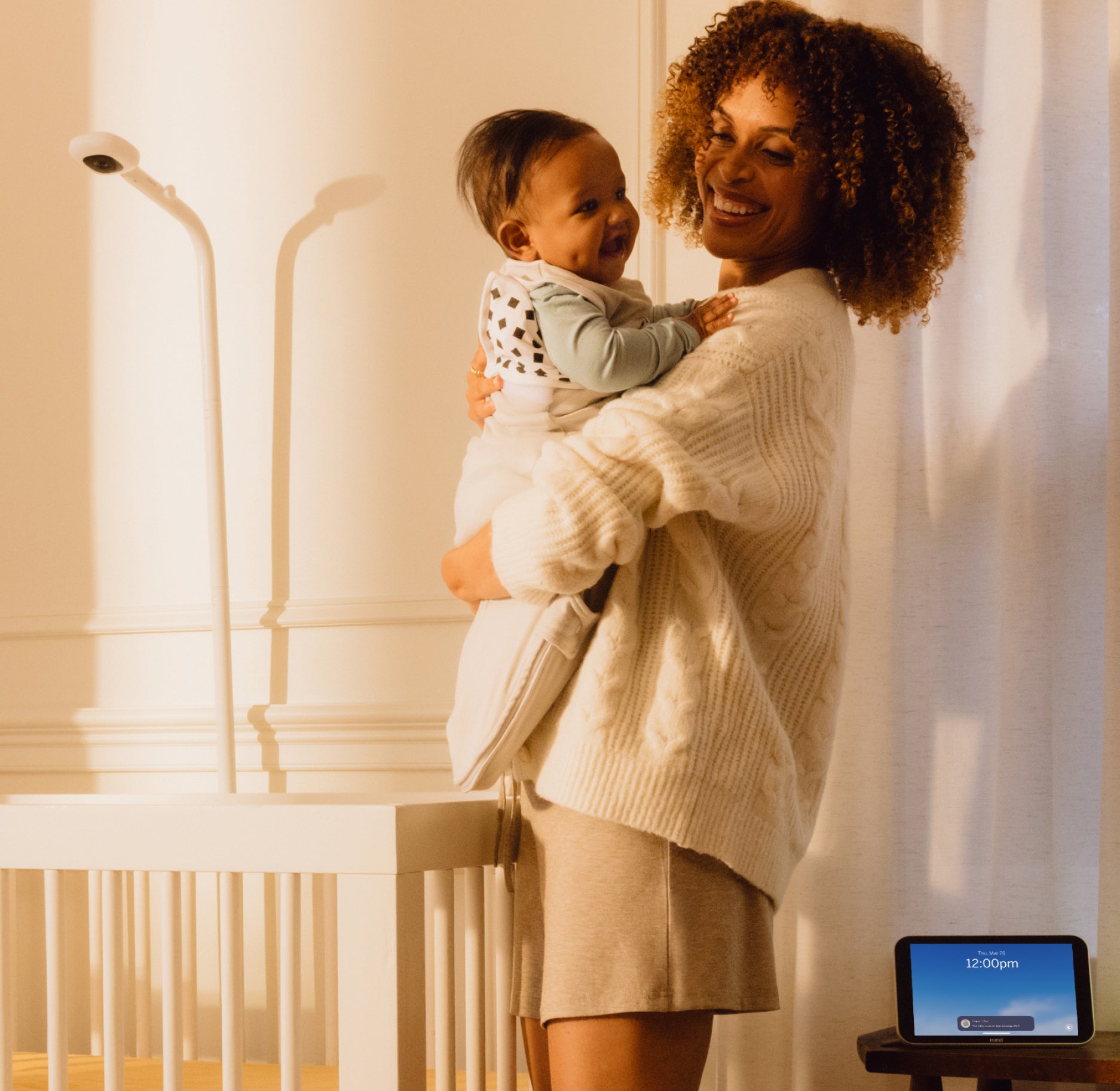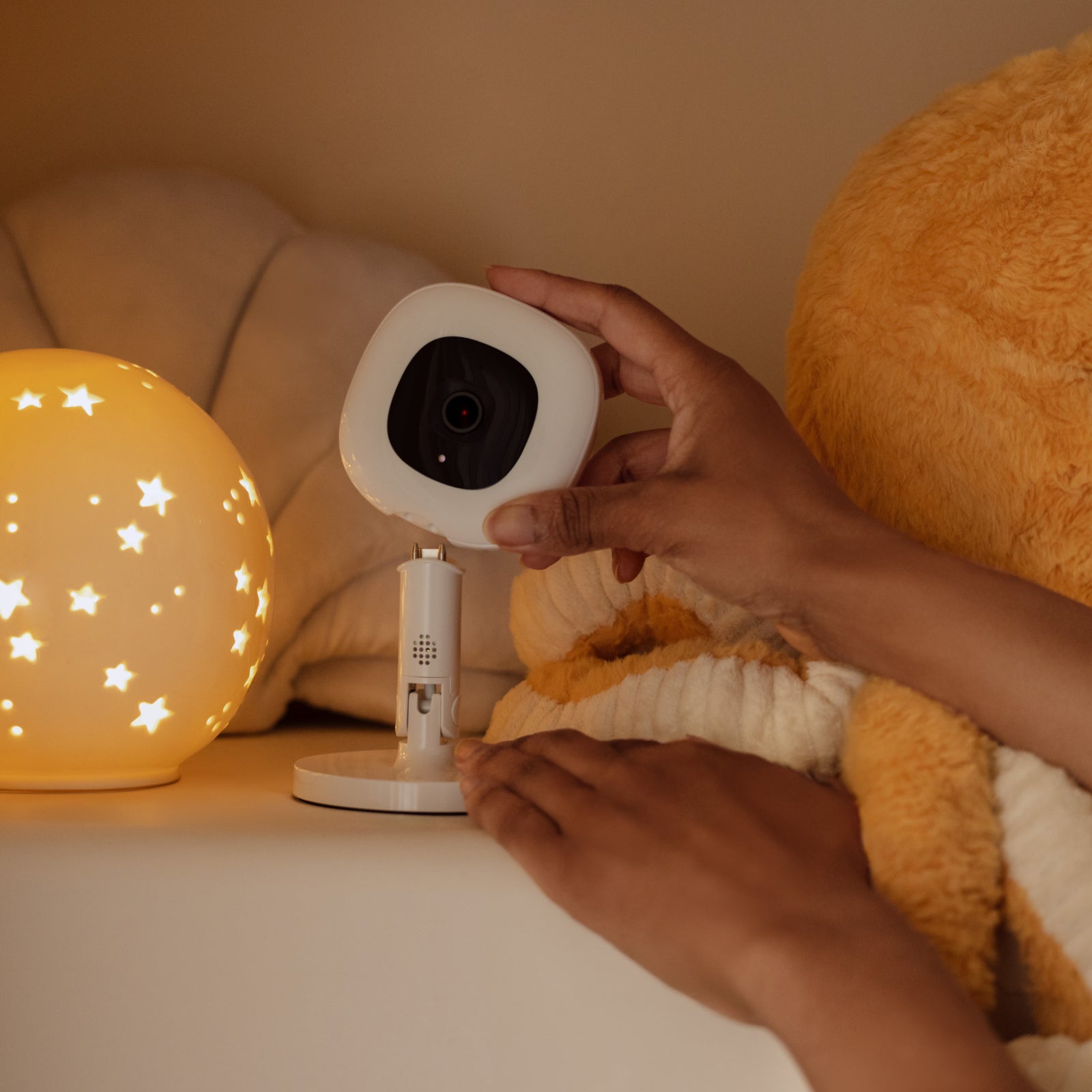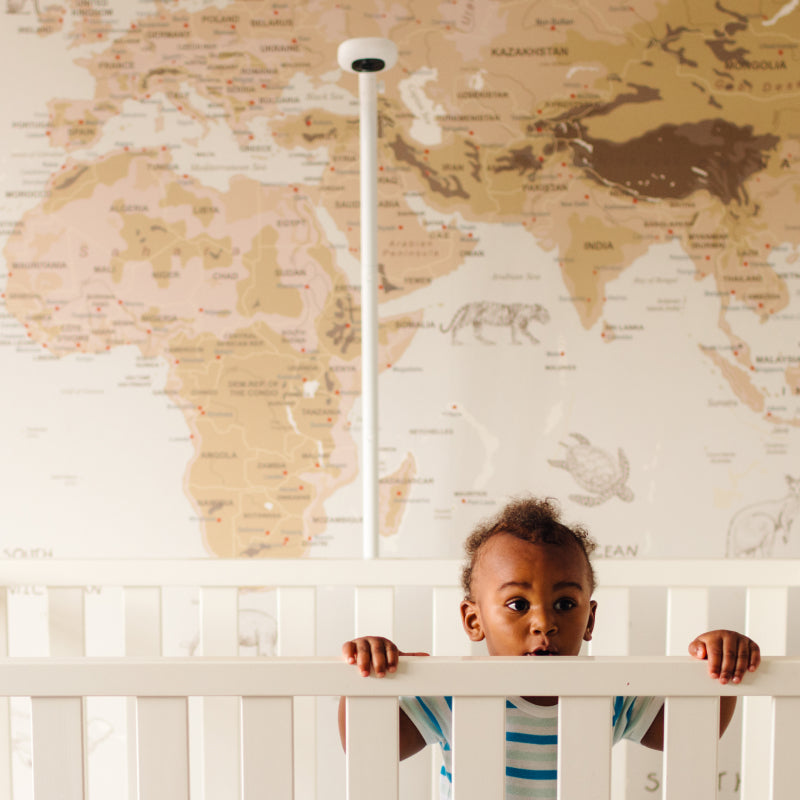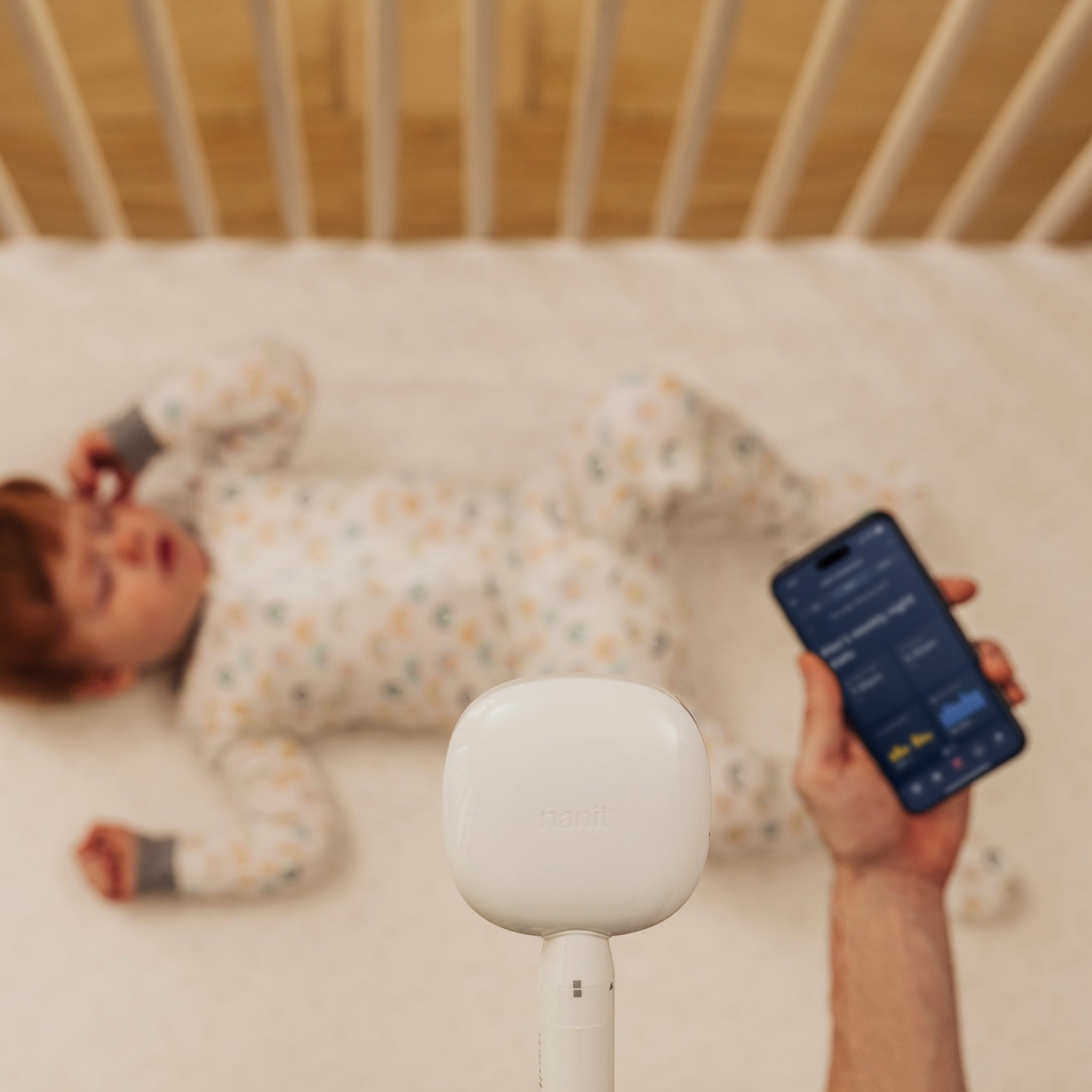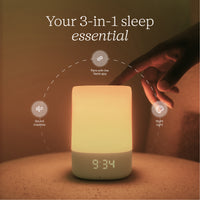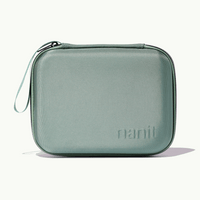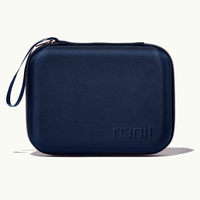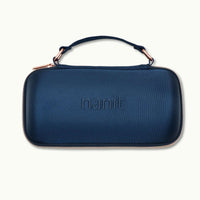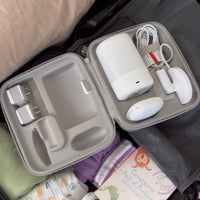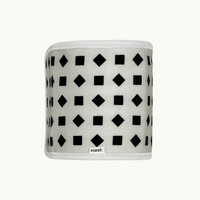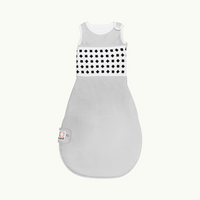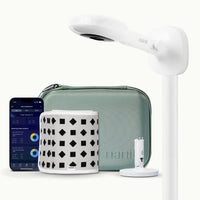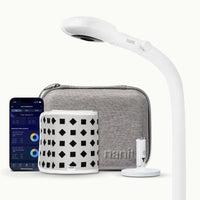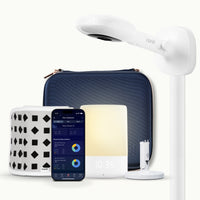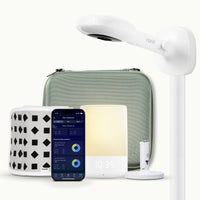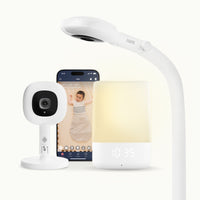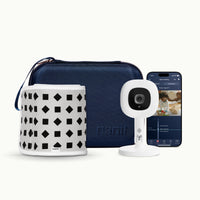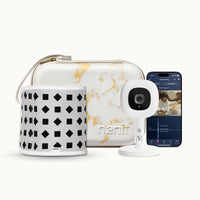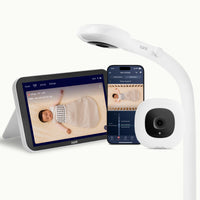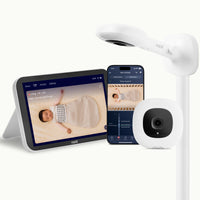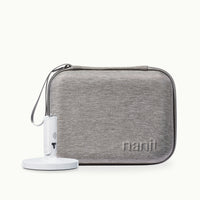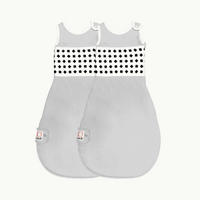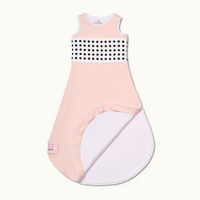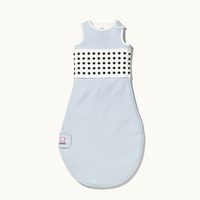The first year of your child’s life is a big one, jam packed with growth and learning—and you have a front row seat for all the exciting action. But especially if you’re brand new to parenting, it’s also easy to get caught up in the milestone comparison game. As much as you love seeing cute pics and videos of friends’ babies, if your little one isn’t rolling over/walking/talking as soon as other kids, it can cause you to feel anxious that something is wrong.
Just as some direction is reassuring when you start off on a road trip (sights to see! A map! The weather report!), we want to provide similar guidance for your little one’s first year, including common milestones to be on the lookout for as well as the general timeframes in which they may happen. We also offer a handful of tips to help your little one’s development stay on track, simple ideas or things to be aware of as the days unfold.
And above all, we’re here to let you know that milestones are averages, general markers that can help you know that yes, your baby is developing and growing. But, milestones are not hard and fast rules. Every child is different and every child will learn and change at their own pace—which probably won’t be quite the same as your best friend’s or brother’s baby, or even your first baby if you have other kids.
Every child is different and every child will learn and change at their own pace.
So along with the changes you’re likely to see over the next year, notice that there’s a range of months in which they may happen. For example, some babies may start to take their first tentative steps around 9 months. For others, it may be closer to a year or a little over. If in a particular area, you notice that your child is seeming to lag well behind the range, check in with your pediatrician. They’ll be able to help you better understand what may be going on, if there are potential concerns, and the best steps forward.
Here are some of the things your family’s newest member will be learning and doing over the coming year(ish). It’s your little one’s own personal journey, so give yourselves some space and grace to enjoy the ride.
Milestones to Expect
0 to 3 months
- Starts to have more control over body, such as making eye contact, better ability to control movement of arms and legs, holding up their head.
- Can follow objects and people with eyes.
- Starts to coo.
- Interested in people, objects.
3 months to 6 months
- Starts to roll over.
- Starts to sit up.
- Babbles more.
- Can recognize faces and objects (may have a favorite toy).
7 to 9 months
- Starts crawling.
- May start to stand holding onto something.
- Can grab objects.
- Knows their name.
9 to 12 months
- May stand without help.
- May start walking.
- Starts using simple words and understands no.
- Loves to give hugs.
- Can follow simple directions.
Tips to Help Your Little One Meet Their Milestones
Prioritize sleep.
A good night’s sleep is essential for your baby’s development; it’s when all the info and experiences they gather during the day are processed and sorted. Research has also found that, especially when you’re child is approaching or hitting a milestone, their brains are fired up, absorbing and practicing their new skills and sometimes, as a result, your child may wake themselves up more at night for a period of time. But generally, after the milestone has been mastered, their sleep will return to normal.
Establish routines.
Bedtime routines can be an important part of making sure good sleep happens. Over time, a routine starts to signal to your child that it’s time to sleep, and can be utilized if you’re traveling or if someone else (like a babysitter or another family member) is helping put your baby to bed. Build a routine that’s made of simple activities that you and your child enjoy and that are easy for others to do as well (and to do in other locations). So for example, your routine could consist of: a bath, looking at books or reading together, putting your child into their crib, saying good night and turning on soothing white (or pink, or brown!) noise.
Sing, talk, read to your baby…anything that engages their mind and attention and engages their brain. As they learn to touch and grab, show them different textures, patterns, and colors. Take them outside and let them touch leaves or grass. Even if they’re not talking yet, they’ll hear the sounds, see the objects, and take in the information you’re giving them. Tummy time is an important way to help your baby strengthen their neck and back muscles. You can also hold objects to the side to encourage your baby to turn their head to look at them, another neck strengthening activity. Give your baby a massage (might be a nice part of a bedtime routine), and help them sit up or start to stand when they show interest. Just as you did when you were pregnant, if you’re breastfeeding, support yourself and your baby by eating a diet full of enough protein and fruits and veggies and avoid foods that can trigger indigestion, such as spicy foods. If you’re formula feeding, look for ones that are nutrient rich. Once babies start to eat solid food, support developing brains and muscles with a good balance of protein, fiber, fat and vitamin-packed fruits and vegetables. Again, if your child doesn’t meet an expected milestone within the average range, try not to let anxiety take hold. Check in with your pediatrician or another trusted medical professional who will be able to help you evaluate your child’s unique situation and come up with a plan if it’s needed. As your child grows, know that Nanit is dedicated to making sure you don’t miss a moment of these exciting learning curves. Nanit’s autocaptured Developmental Milestones uses the Pro Camera to detect and record important milestones (such as rolling over, sitting, and standing up in the crib) and send them to you. So even if you’re sleeping or away, you’ll be able to see your child’s big moves and save them to watch again and again. And as your child gets stronger and more able to do all the things, check out these important expert tips on how to babyproof your home and keep your child safe and sound as they grow.
Look for ways to stimulate your baby.
Help your little one strengthen their muscles.
Provide them good nutrition.



